Early Civilizations 101: Mesopotamia

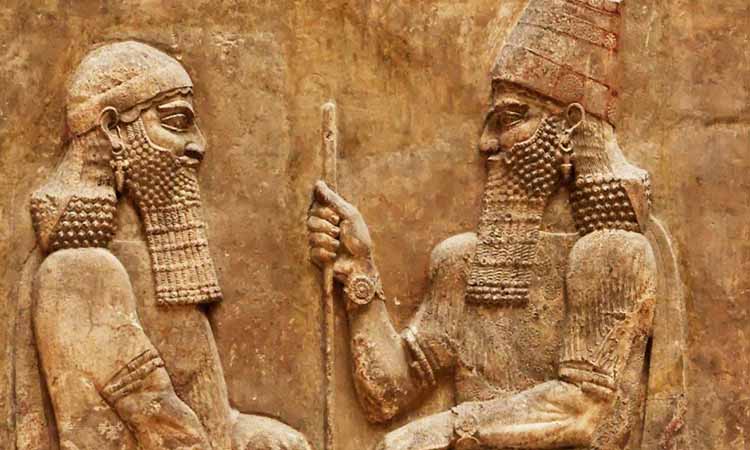
The word Mesopotamia, which originates from Ancient Greek, means “the land between two rivers”, which imagines today’s Euphrates and Tigris Rivers. The first Mesepotamian civilizations were established in this region, in Iraq and Kuwait, dating back to 4000 BC. Civilizations established in this region have attracted the attention of the whole world as they shape modern culture.
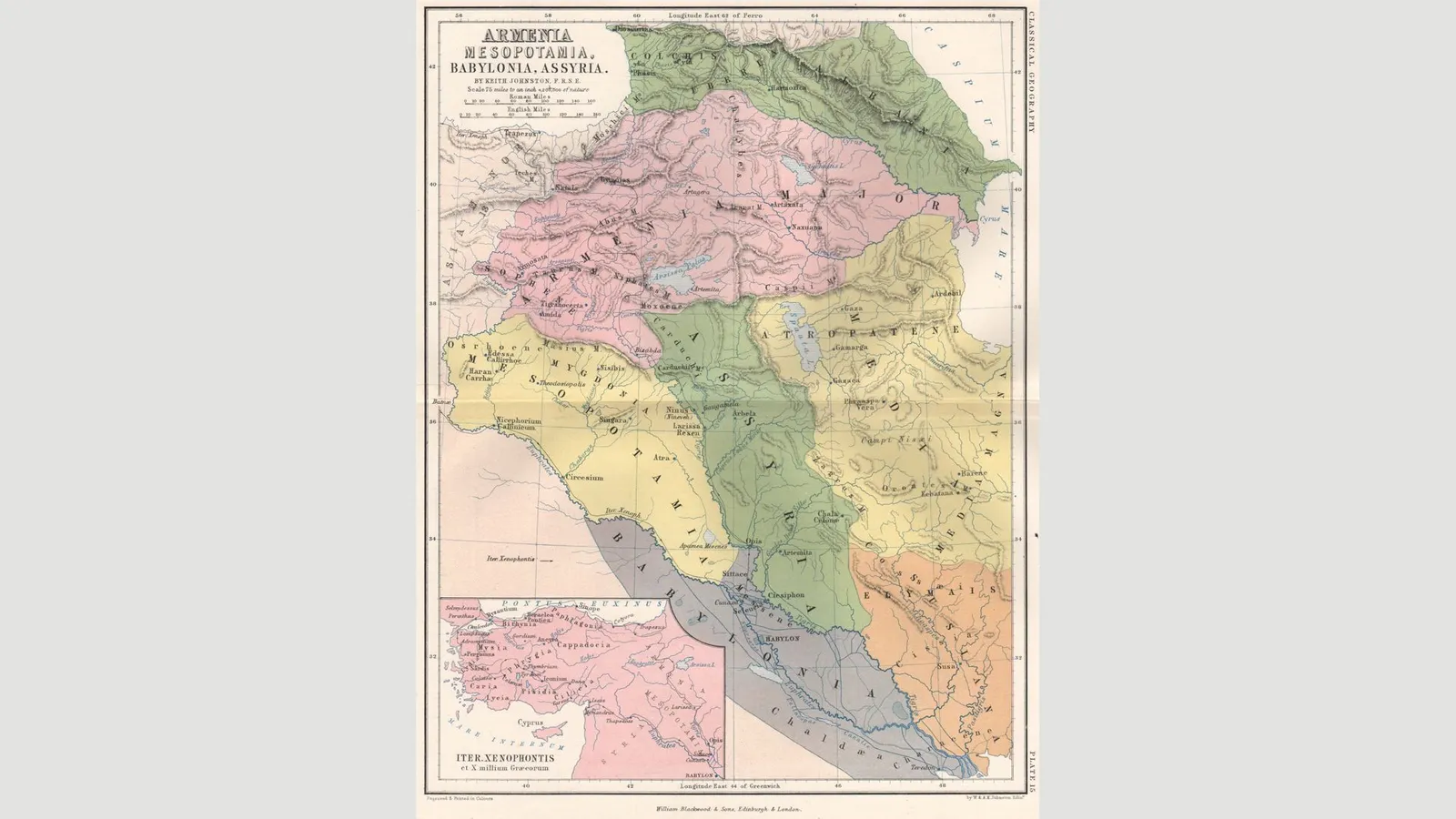
(Credit: Antiqua Print Gallery / Alamy Stock Photo)
“Everybody has heard of the Hanging Gardens of Babylon, the Tower of Babel, Nebuchadnezzar, and the Flood,” says Ariane Thomas, a curator in the Middle Eastern antiquities department of the Louvre. “So, you see, Mesopotamia is much more familiar than people think.” (Sooke,2016)
Therefore, it is necessary to take a closer look to this region where early civilizations started to form due to the ties it established with today. Focusing on the future within the past will enable us to read today’s civilizations better, because the foundation of the oldest writing system was laid in this geography, and many discoveries were made, from astronomy to mathematics, from architecture to philosophy. Analyzing the past of this deep history is a bit complicated because of its ever-interacting, extroverted and dynamic nature, but we can get an overview of the civilizations of the period.

(Credit: Print Collector/Hulton Archive/Getty Images)
The Sumerian peoples sprinkled the seeds of the world’s first great civilization on the fertile lands of Southern Mesopotamia in 5000 BC. The first irrigation channels were established. The administrative system that established many city-states such as Uruk, Nippur, Umma was established here, and this later evolved into a kingdom and empire. In such a dynamic structure, the continuous flow of people and different traditions provided continuity in terms of the administrative system and religious beliefs.
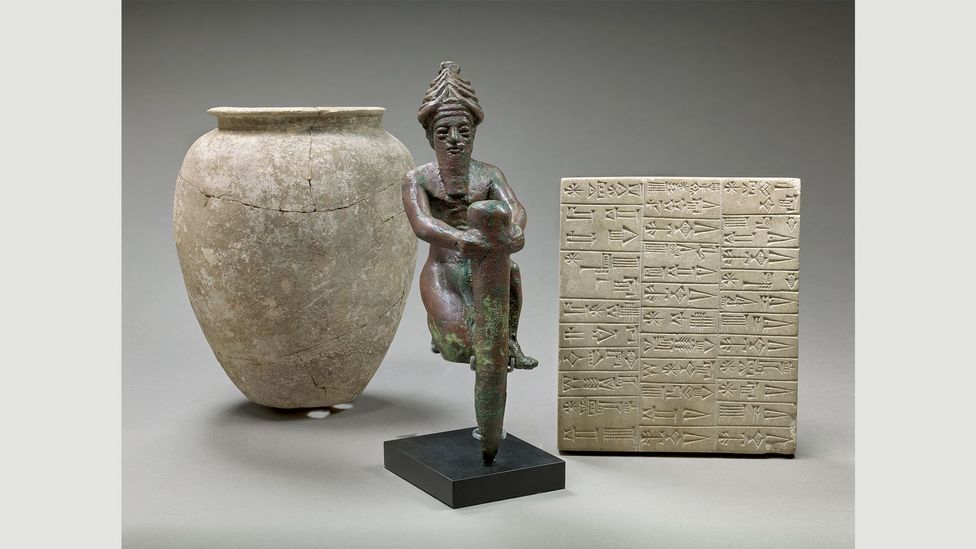 (Credit: RMN-Grand Palais / Musée du Louvre / Raphaël Chipault et Benjamin Soligny)
(Credit: RMN-Grand Palais / Musée du Louvre / Raphaël Chipault et Benjamin Soligny)
This region is also the birthplace of cuneiform, which many researchers believe to be the oldest writing system in the world, dating back more than 5,200 years from today. This Sumerian cuneiform culture, which was found around 3000 BC and engraved on clay tablets, has reached today. The stamps seen on most of these tablets were also a technology unique to Mesopotamia.
Mesopotamian people wrote various issues with this writing system. With the use and spread of writing, historical ages have also begun. The Epic of Gilgamesh, one of the world’s first major literary works, which has survived from ancient Mesopotamia, was prepared with this writing style. Again, many writing examples were found on areas such as religion, trade, law and science. Mesopotamian civilizations used four processes and calculated the area of the circle.
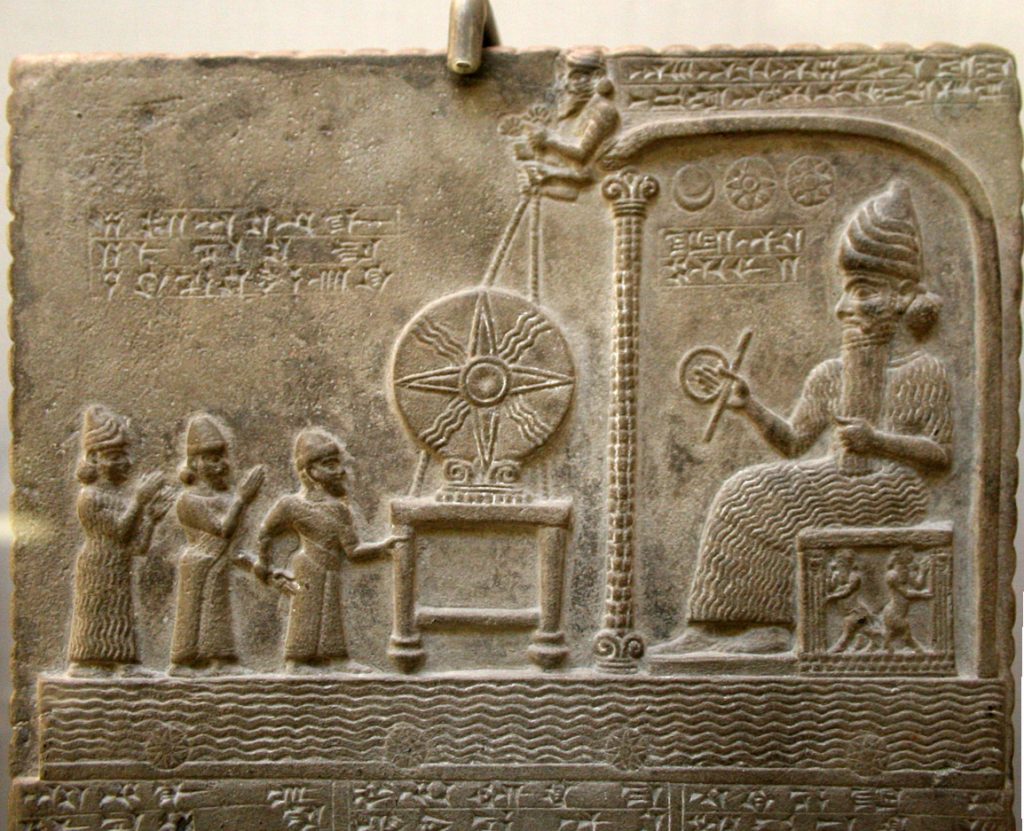 (Credit: Relief image on the Tablet of Shamash / Photo by Prioryman, British Library)
(Credit: Relief image on the Tablet of Shamash / Photo by Prioryman, British Library)
The first written laws, the “Urgakina Laws”, were made by the Sumerians. scientific, mathematical and astronomical discoveries made by the Mesopotamian right are still used today. Mesopotamian civilizations made the calendar, used the concept of week; they divided the hour into 60 minutes and the minute into 60 seconds. The evidence for trigonometry and the tablets showing the tracking of Jupiter’s movements are based on the ancient Babylonian Civilization.
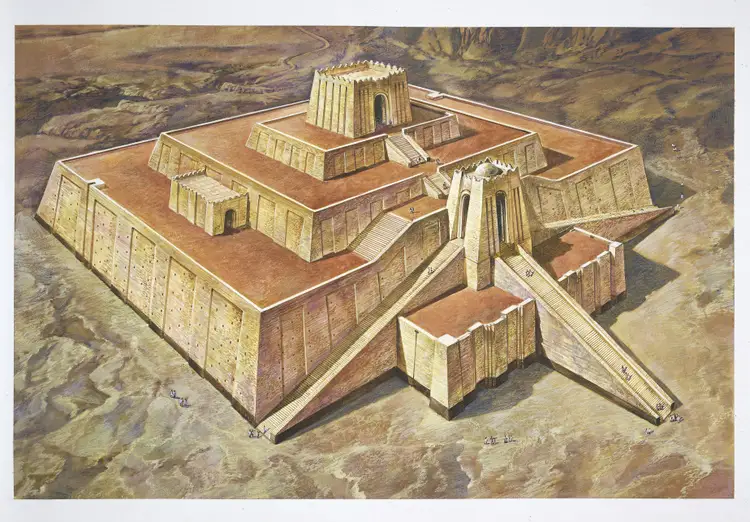
Mesopotamian civilizations, believing in polytheistic religion, built “ziggurats“, impressive pyramid temples for these gods. Viewed through an architectural and ritualistic perfpective, the experience of climbing a ziggurate was a venerable ceremonial act. City entrance gate built by Nebuchadnezzar in the name of Ishtar, the god of war and cupid, and “The Hanging Gardens of Babylon”, whose existence has not been solved yet, are another example of impressive Mesopotamian structures.
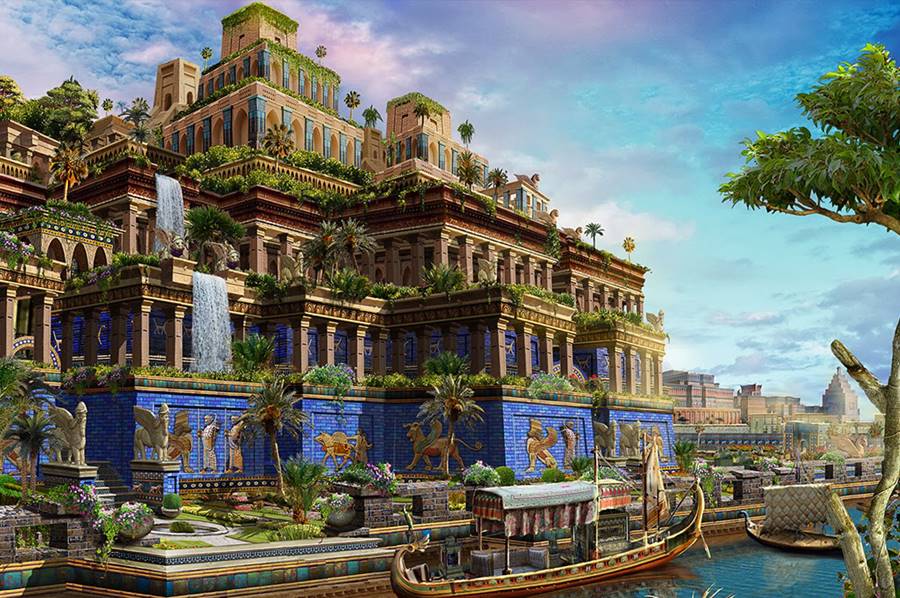 (The Hanging Gardens of Babylonians)
(The Hanging Gardens of Babylonians)

(Credit: Pergamon Museum – Ishtar Gate PMGI_PSD)
Throughout history, many different peoples, cultures, civilizations and empires were born and developed in Mesopotamia. Sumerians, Babylonians and Assyrians were the most influential cultures of the period. The harvest of Mesopotamia, which is known as the cradle of civilizations, is still carried out by today’s peoples.
RECOURSES:
- Sooke, Alastair. (2016,5th December). The Ancient Place Where History Began. BBC Culture. https://www.bbc.com/culture/article/20161202-the-ancient-place-where-history-began
- Mezopotamya, Tarihi Olaylar. (2021, 21 April) https://www.tarihiolaylar.com/tarihi-olaylar/mezopotamya-312
- Margaryan, Perrin (2019, 28 December), Mezopotamya: İki Nehrin Arası, Arkeofili. https://arkeofili.com/mezopotamya-iki-nehrin-arasi/
- Antik Mezopotamya Uygarlıkları. (2021, 21 April) Khan Academy https://tr.khanacademy.org/humanities/world-history/world-history-beginnings/ancient-mesopotamia/a/mesopotamia-article
- Dünya Atlası. (2017, 6 December). Tarihteki İlk Medeniyetler (Uygarlıklar) ve Özellikleri. https://www.dunyaatlasi.com/
- Marriot, Emma. (2018, December). The History of The World in Bite-Sized Chunks. Maya Kitap.







